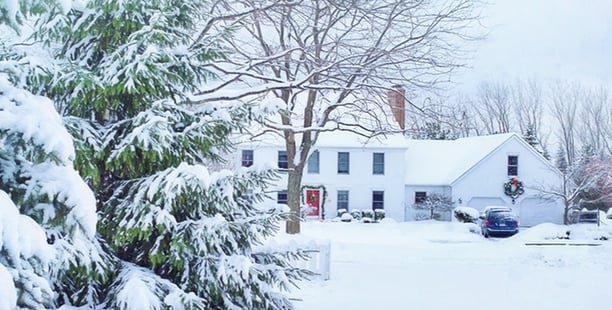
You made it through spring showers, summer storms, and autumn winds. Finding out you have a roof leak in the middle of winter can feel like a major setback. Here's the good news: many winter-related leaks aren't as severe as they seem and can often fixed with timely interventions.
Step 1: Identify the Source
Sometimes, it's relatively easy to pinpoint where and how water is leaking into your home. If you notice stains along an exterior wall, for example, it could indicate seasonal ice damming along your gutters and eaves.
Dampness near your chimney is another indication of a leak source. A damaged seal around the flashing where the chimney penetrates the roof can easily let water into your home.
Other times, it can be hard to figure out the source of a leak, especially if moisture is affecting a large area or the interior of your home. For example, if your upstairs ceiling is consistently damp, it may be due to exhaust venting into the attic instead of outside. This excess humidity can lead to attic condensation that seeps through the ceiling, causing moisture buildup and discoloration.
Lastly, if you notice moisture on a ceiling or wall near the center of your home, it could point to a plumbing leak or condensation around poorly insulated pipes.
Step 2: Assess the Damage
Once you'd found the source of the leak, it's time to assess the extent of the damage. In some cases, by the time you notice a leak, water may have been infiltrating your home for weeks. This type of prolonged moisture can lead to mold and mildew, posing major health risks for you and your family.
Excessive water can also weaken the structural integrity of your entire home by causing the framing to rot. If the framing is significantly damaged, it may need to be repaired or replaced before installing a new roof.
The best way to prevent this kind of extensive damage is connecting with a professional for regular roof inspections and timely repairs. While commonly overlooked by homeowners, these steps are critical to prevent small issues from becoming severe.
Step 3: Find and Implement a Solution
Once you've located the leak and assessed the damage, it's time to fix it. Leaks around chimneys, dormers, and vents can often be resolved by replacing flashing and repairing seals. A professional roofer can usually handle these repairs quickly and efficiently, even during the winter months.
If your issue stems from attic condensation, upgrading or adding new insulation, and possibly even installing proper ventilation systems, can provide the long-term solution you need. Taking these steps come with the added benefit of improving your home's energy efficiency by reducing heating and cooling costs.
Heat cables may be another solution for particularly problematic areas of your roof where ice tends to build up and cause winter water infiltration.
Timely Repairs for Lasting Protection
While winter may not be the most ideal time for a roof replacement, it's crucial to address leaks immediately. Delaying repairs can lead to more serious and costly problems down the road.
Need a roof inspection and estimate? Our experienced roofers are available all year long to help you make sure your home is safe and comfortable, no matter the season.



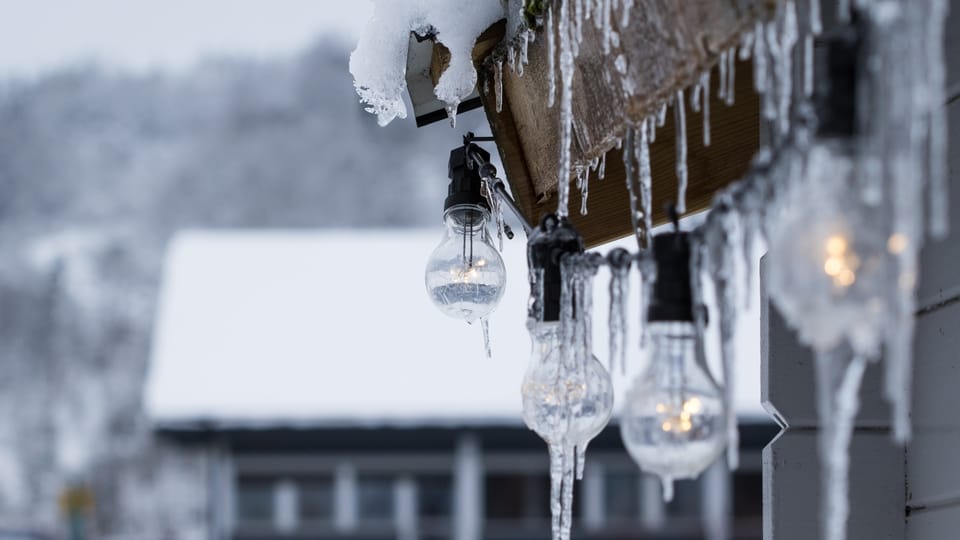
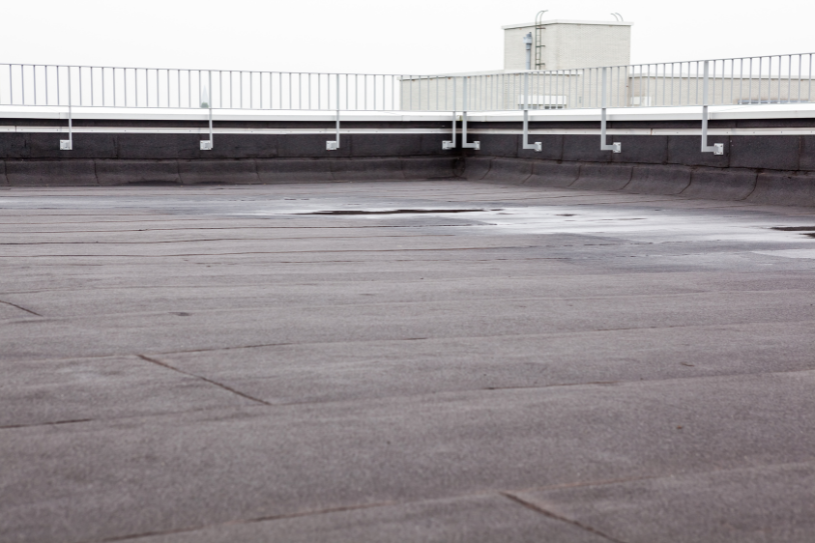
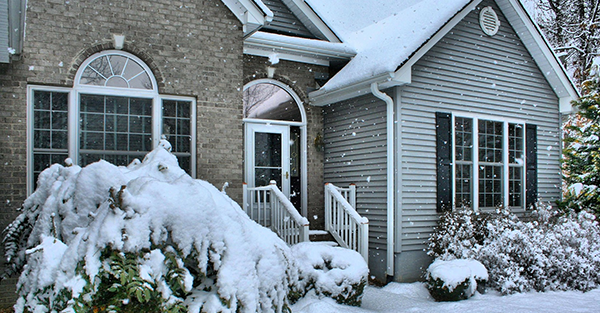
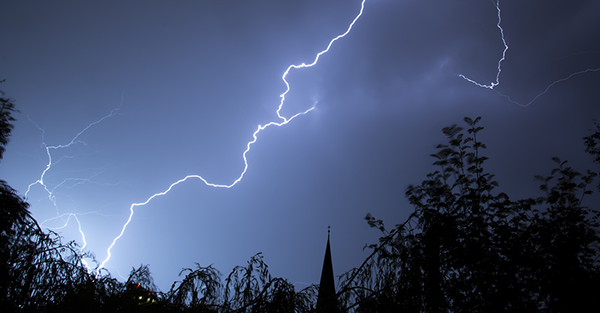

Comments